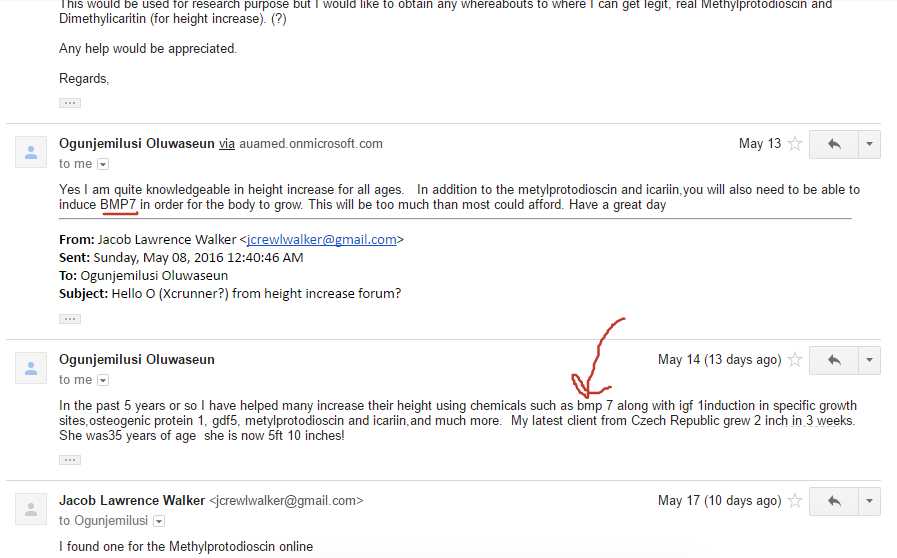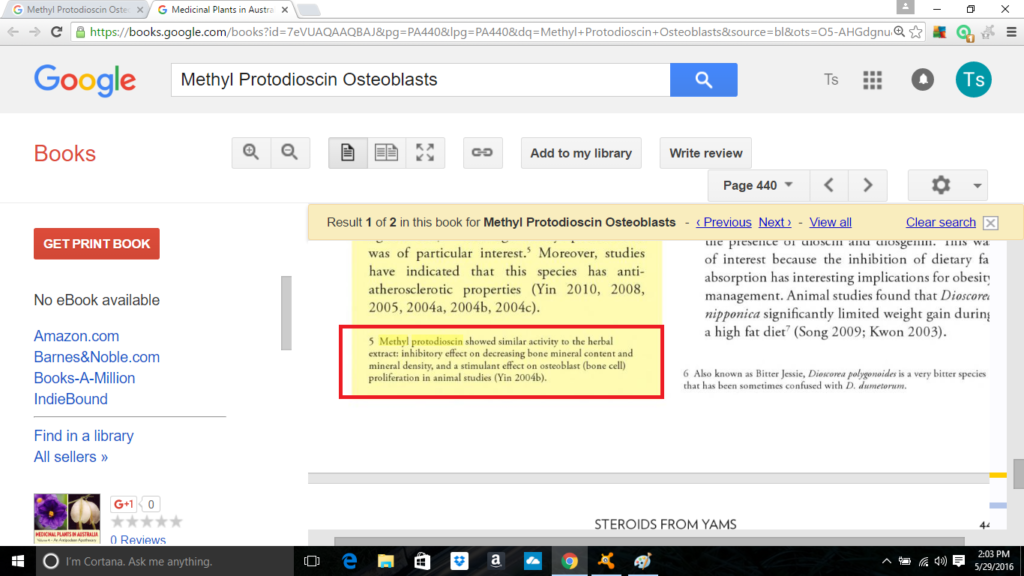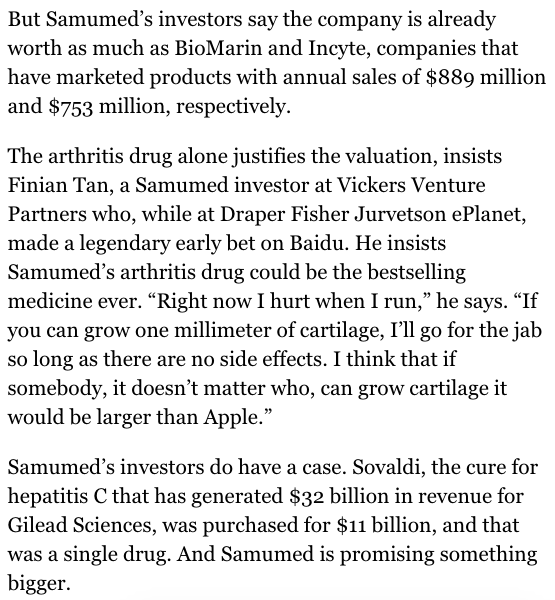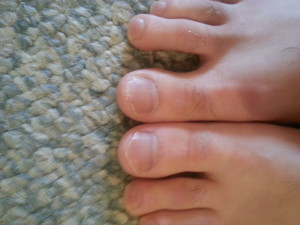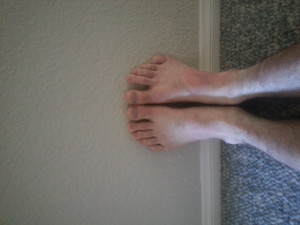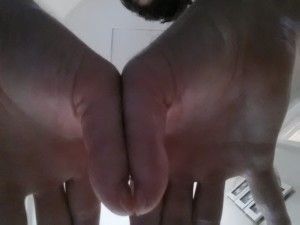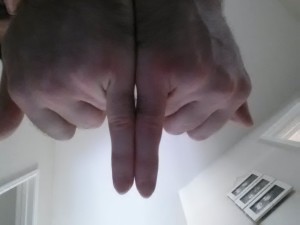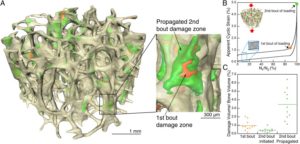Since we are in the subject of trying to become taller, we are fully aware of the largest online communities in the English language websites on the public side of the internet. The MakeMeTaller.org and LimbLengtheningForum.com are two forums which probably have the most discussion on the subject of LLS. Sometimes there are more public cases. That is what happened when a poster in the reddit.com/r/short subreddit thread did a Ask Me Anything (AMA) for the members of the /short group. So far there have been around 181 comments and replies, which is definitely A LOT more than the usual number of comments left on any regular topic or post.
Let’s summarize this more public talk, since the poster did show a few pictures of himself before and after the surgery.
Before Surgery Height: 5’ 1”
After Surgery Height: 5’ 6”
Current age in June 2016: 21
This young male individual does have a girlfriend, who seems to be very supportive. She knew before he decided and told her about the LLS that he had a lot of insecurity and issues over his height. She didn’t want him to go through with the surgery but she did understand why he wanted to go through with it. She herself is also on the short side but she doesn’t have the type of psychological hangup on height like him. She does not fret over her height, so she will never want to get the surgery. If she did have a similar level of issue as him, he would support her in her decision to get the same type of cosmetic surgery.
As the poster notes “I would only recommend to someone who really, really wanted it. It is not something you can do on a whim. It’s a long journey…”
As for his friends, he will just tell his friends that his sudden jump in height is from a late life growth spurt, which is completely reasonable and acceptable.
As for telling people, he did not tell most of the people in his life of his decision to get this cosmetic surgery. He did tell his family about his decision, as well as his best friend. His family did support his decision of getting the surgery and even paid for the surgery. It seems that the family did understand his psychiatric issues over his short stature and probably understood at a deep level that getting the surgery might be the only way to give him some type of peace of mind. The parents must be at least reasonably well off and have enough for this type of surgery since it can be more than $100K for something like this. In addition, the parents were also very supportive. Even his grandfather was supportive of his decision because his grandfather is also quite short and had to deal with a lot of psychological anguish in his own life for this short stature. It really didn’t take that much explaining and convincing for his parents to understand. They already understand before he ever mentioned it just how big of an issue being so short was for him. They got it.
Height of the rest of the family
Father: 5’ 6”
Mother: 5’ 0”
Sister: 5’ 0”
Grandfather: 5’ 0”
Grandmother: 5’ 3”
As we can see, the family he comes from is genetically predisposed towards short stature. Medically, it would be called Idiopathic Short Stature.
The Real Surgery Parts
- Ethnicity: He is assumed by many other redactors to be “white”
Total Cost: $130,000 – NOTE: Let’s remember that this high cost is actually a total cost for 2 different surgeries, one for the femurs, and the other for the tibia. Most LLS that are at the 7-7.5 mm LLS industry limit length limit is only for 1 set of bones, either the femur or the tibia, and those individual surgical operation usually cost more around $70,000. It is most likely that the $130K price is broken into something like $70K for the femurs and $50K for the tibia, and the other $10K for everything else. The $130K is for everything, including surgery, medications, wheelchairs/equipment, physical therapy, hotel, etc.
Type of LLS Method Chosen: PRECISE 2 (Internal)
Type of Nail Size Used: Don’t Remember, however he says the weight bearing of the nail was 50 lbs. It might be enough info to find out the exact nail size from just this.
Level of Pain from a 1-10 Scale: Definitely 10 sometimes, but it seems this particular poster was able to handle it.
Bones Broken: Both the Tibia and the Femur. Technically all 4 of the major long bones in the lower part of the human body was separated and slowly separated.
Number Of Surgeries: 2 Major Separate Surgeries.
Which bones were more physically painful?: Femur – The reason is because you go into pain every time you have to sit down on something hard or use the toilet sitting down. Since we are assuming the person is going to be resting in the hospital, the only time they will ever be sitting down on something hard, would makes perfect logical sense that to be only in the bathroom when using the toilet.
Which bones were more psychologically difficult?: Tibia – The poster talks about something called a “Dorsiflexion splint boots” (no idea right now) and it must be worn at all times, even at night when going to sleep. I would assume this device makes it always uncomfortable.Frequency of Serious Complications and Side Effects from Choosing PRECISE from Paley: Very Low. I did a full post on Paley years ago. He is supposed to be the Absolute BEST, most experienced LLS Surgeon in the world, and his prices show that.
Amount of time need to recover (to near 100% level): 6 months AFTER THE LENGTHENING IS DONE (So it is actually more like 9 months, at least for this individual person’s case).
Amount of time to actually do the lengthening: 3 months
Lengthening Rate: The poster increased his height by 5 inches, or 127 mm. He said that it took him 3 months to do the lengthening. That is only 90 days. However, there was not 2 bone cuts, but 4, so that means that the tibia and the femurs were lengthened every day in a consistent rate. Instead of it being 127/90 = 1.41 mm per day, it is actually 127/(90*2)= .70555 mm per day. That is exactly the suggested maximum rate of bone lengthened we have found mentioned multiple times before in the Make Me Taller and Limb Lengthening Forums. 0.7 mm of femur and/or tibia lengthening seems to be the exact industry.
Amount of Lengthening Done for Each Bone/Femur/Tibia: 3 Inches of Increase in the Femur and 2 Inches of Increase in the Tibia
Can you feel or notice the rods in side your bones? No. That is why Dr Paley is considered the best, and he invented this new Internal Method. There is a reason why it is called PRECISE.
Exact Medical Center or Clinic: Paley Advance Limb Lengthening Institute.
Exact Physician That Did The Surgery: Dr. Craig Robbins. Both he and Dr. Paley do an incredible job.
After the Surgery: You wake up the next day after surgery in pain, but the nurses will obviously give you the pain meds. You are then asked to stand on a walker, which will probably be extremely, extremely difficult to do. After a few days, you start physical therapy. There is supposed to be a bicycle machine called a Nustep (???) and the therapist will basically stretch as much as possible the muscles in the legs for the months that you are doing the bone stretching to make sure that the muscles also lengthen/stretch along with the bones that are mechanically being stretched in a very linear, systematical way. – “…The precise device in your leg uses telescoping rods that extend with turns from and electric magnetic device that you place over the osteotomy sight until your desired height is met or until the rods reach their maximum of 3 inches”
“I was not really bedridden…. I did go through a period when I used a wheelchair out and about, but I always used a walker at daily PT. It was pain was so great I wouldn’t wish on anyone. It takes a tough SOB but all of the guys there doing it all seemed like the results were well worth the pain. They do keep you doped up quite a bit for the most part which helps at times…”
You can either choose to get around the hospital/clinic in a walker or a wheelchair, but the walker will be much slower.
Other Notes: “…you can have both surgeries (this guy did both his femur and his tibia) relative close together and in some circumstances at the same time. Lets say 2 months wheelchair 3 months walker 1 month full weight bearing but seriously taking it easy. You don’t really use crutches unless you are only lengthening one leg.”
Commentary: If I remember correctly, I think the PRECISE technique, which is internal was invented and patented by Dr. Dror Paley himself. I remember looking through Paley’s CV and it said that he had been working on the technique for at least half a decade or so perfecting this new internal method. I remember it might have been around 2013 when I did the first post on the new technique, which is supposed to be much better, in terms of less complications, less side effects later on, and maybe even faster bone healing time.
Complications or Side Effects: from the poster “…my muscles are still a bit tight and they do seem to be pulling on my knee a bit. Sometimes that can be painful… I really need to do some laps in the pool so that won’t be a problem anymore! “ – “I and most other people were told to stop a bit early before the 6th inch because you can get too tight and then experiance something called “drop-foot”” – There was some loss of feeling around 1 inch from the incision sight in the left leg for a short while, but the surgeon told him that it was a normal symptom which goes away after about 5-6 months.
Myths About LLS:
Myth #1: you’ll never be able to play sports ever again. – NOT TRUE: He was able to go on hikes and even do sprints in a few more months, which we have seen from another older youtube personnel who showed us himself running. It seems that about 1 year after the surgery, after the bones have completed healed, he would be able to play sports again.
Myth #2: It is not offered in the US – NOT TRUE: It seems to be at least offered in California, Florida, and New York.
Myth #3: If you suffer from any type of psychological problem that is associated with your height, you can’t get it – NOT TRUE: It seems almost all people choosing to do LLS do have at some level body dysmorphia, height dysmorphia, or some type of real serious type of insecurity or hangup. Dr. Paley fully understands this critical aspect. He realizes fully that the only people who are desperate enough to allow another person to break their bones already have serious psychological issues with their height. Dr. Paley will definitely preform LLS on those people who have mental issues, and would almost expect that any person who comes into his office wanting LLS to have height dysmorphia already at some level.
Myth #4: There will be serious medical complications from choosing to go through with this cosmetic surgery which the subject/patient does not realize that will pop up years later, long term – NOT TRUE: From the poster “… Dr. Paley, one of the smartest people I have ever met, adamantly says there will be very little to no long term risks associated with the surgery. It’s relatively the same question as whether or not breaking a bone when you’re young effects you when you are 90”
Another Female Volleyball Player he met going through the process who wanted to be taller: 5’ 5” before and wanted to be 5’ 10”
Overall Changes In Attitude Of Life After Surgery: From the poster “…Personally, I felt abnormal before and that made me feel very uncomfortable and awkward. I am still short according to U.S standards, but I’m not abnormal and that makes me feel great. I am the same height or just a few inches away from many of my friends now”
Has there been any noticeable increase in amount of random stranger females attention/attraction for the male after surgery, from gaining 5 inches? Yes. He does believe that the boost in height has definitely helped him out.
Conclusion and Discussion:
“With Dr. Paley’s PRECISE method, you get all metal/hardware removed and you are left with only natural bone when you are done lengthening. Dr. Paley, one of the smartest people I have ever met, adamantly says there will be very little to no long term risks associated with the surgery. Just do some research….I definately had to put my life in the doctor’s hands, and so far he’s done a damn good job.”
If anyone did ask him where did he go and how come he came back so much taller, he would give any normal short lie and not focus on those topics too much. As for this decision and this journey he took, it is his life. He told only his family and close friends. It is something private. He doesn’t plan to talk about this phase of his life that much, and doesn’t plan to explain it to every new person that comes into his life. He will move on one day.
Yes, there is no doubt that the whole stretching part was extremely painful, but once you go through the process, basically you have walked through hell, gone through the gauntlet so to speak, and finally have made it to the other side, where you have lengthened your bones by 5 inches, and have had the physical therapists stretched your muscles also to be 5 inches longer, then your own brain will immediately start to forget the pain.
I remember this wonderful quote from this poster in my high school weightlifting class. “Pain is temporary. Regret lasts forever”. For a very brief short amount of excruciating pain, you will gain a permanent, lifetime of reward and gain. This poster has remarked that in the end, the process was all worth it.



